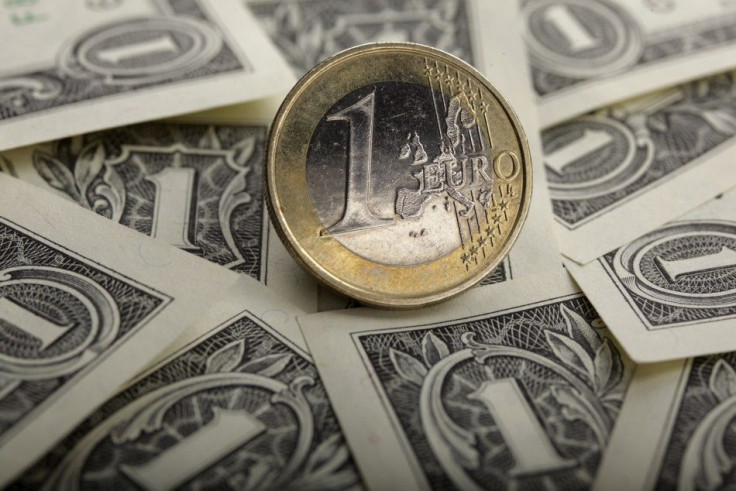Eurozone producer price rise signals inflationary pressure

Industrial producer prices in the eruozone surged 5.3 percent annually last year while the growth in the broader European Union was 5.9 percent, Eurostat data showed on Wednesday.
In December 2010 compared with November 2010, the factory gate prices rose 0.8 percent in the euro area and by 1.1 percent in the EU, the statistical agency said.
Eurostat said energy prices were the biggest driver of producer prices, signaling that inflationary pressures are building in the region.
December’s euro-zone producer prices figures are unlikely to ease the ECB’s inflation concerns ahead of tomorrow’s council meeting, Jonathan Loynes, chief European economist at Capital Economics said in a note.
However, Loynes notes that stripping out energy, PPI inflation remains much lower at 3.3 percent and that durable and non-durable consumer goods inflation rates are even lower at 1.4 percent and 1.7 percent respectively, way below the rates seen back in 2008.
As such, there are few signs as yet that the recent surge in commodity prices is having a material upward effect on finished goods prices at the factory gate. That, in turn, suggests that core consumer goods inflation is likely to remain subdued unless retailers ramp up their margins. None of this, though, looks likely to soften the ECB’s increased hawkishness in the near future.
© Copyright IBTimes 2024. All rights reserved.





















